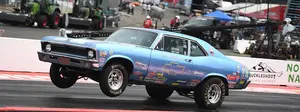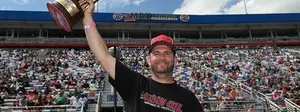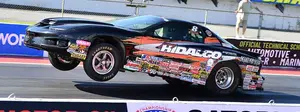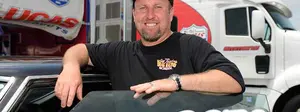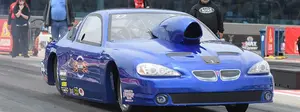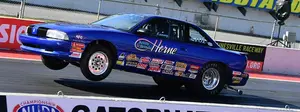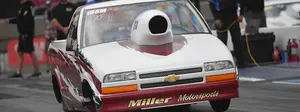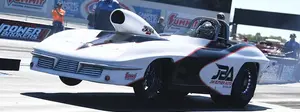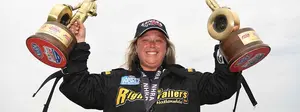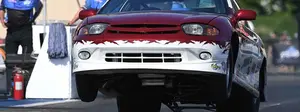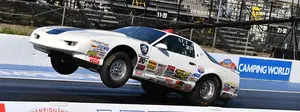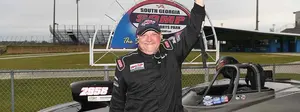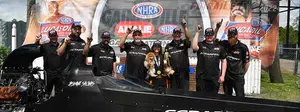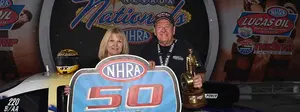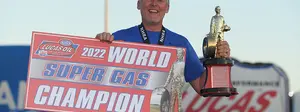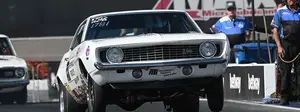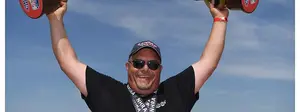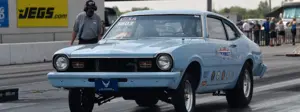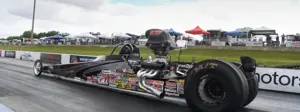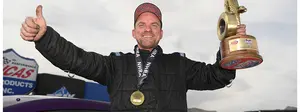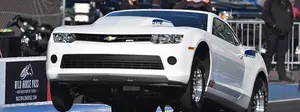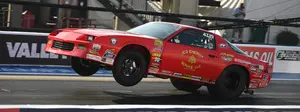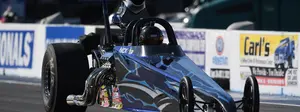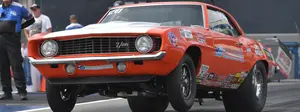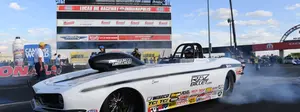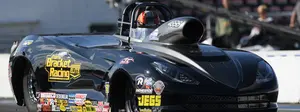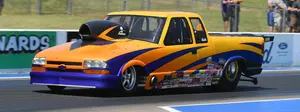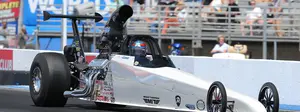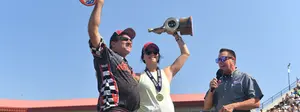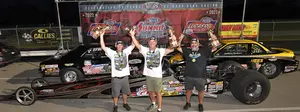

That Escalated Quickly
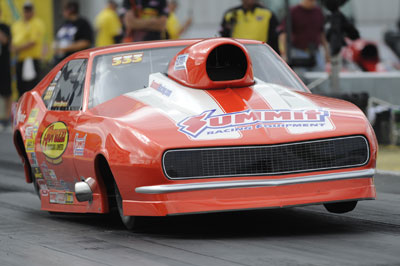
It’s been more than a decade since the Top Dragster and Top Sportsman classes became a part of the NHRA Sportsman racing landscape, and it shouldn’t come as a big surprise that the two fast bracket classes have become a huge success. In terms of participation and performance, both classes have experienced steady growth. In the last decade, Top Sportsman and Top Dragster cars have gotten quicker, drivers are sharper, and the racing is as close and as entertaining as anything the NHRA Lucas Oil Drag Racing Series has to offer. It also shouldn’t come as a surprise to realize that each category has reached a point where they now bear very little resemblance to the eliminators that first made their appearance on the NHRA stage in 2004 as a pilot program in the Southeast Division.
It probably isn’t correct to say that the two classes were added out of necessity, although the timing of their arrival was spot on since they came along at a time when many loyal Super Comp and Super Gas racers had grown wary of the fixed 8.90- and 9.90-second indexes. Seeking for an opportunity to go quicker without incurring the added expense of sophisticated classes, like Pro Stock or Comp, many longtime Super-class racers have found Top Dragster and Top Sportsman to their liking.
One driver who has been at the forefront of the fast bracket racing movement is Marco Abruzzi, who not only competes in both categories but also won the inaugural NHRA Top Sportsman national championship last season.
“It’s bracket racing, which is what brought most of us to the sport to begin with,” said Abruzzi. “It’s also fun because it’s fast. Financially, these cars aren’t cheap, but they are relatively affordable compared to some other classes. I used to run Super Comp, and I enjoyed it, but after a while, it got boring; it was like a nine-to-five job."
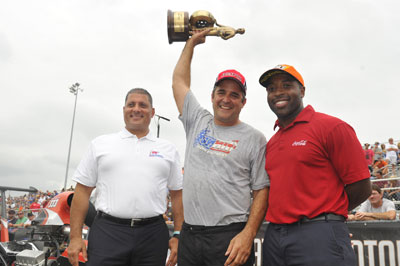
A decade ago, just about any car that ran in the sevens could be considered a respectable performer in either class, which made it easy for Super Comp and Super Gas racers to adjust. Most could make the move to the quicker eliminators simply by turning off their throttle stops. That’s no longer the case. Gradually, elapsed times have come down, and today, it takes a run of 6.50 (or quicker) just to qualify for a 32-car Top Dragster field, and there have been several all-six-second Top Sportsman fields at some races. Want to qualify in one of the first four spots? Plan on running 6.0s in either class.
The fields have become particularly quick in NHRA’s North Central and South Central Divisions, which are the hotbed of fast bracket racing. In 2015, the slowest Top Dragster bump at a Division 3 Lucas Oil Series event was 6.59, and the final event at Beech Bend Raceway Park in Bowling Green, Ky., featured a record 6.47-second bump for 32 cars.
“I never thought it would get this fast, especially in Division 3 — it’s really crazy,” Abruzzi said. “It’s shocking to think you need to run 6.2s and 6.3s just to be competitive, and there is no end in sight, at least if things keep going the way they are. In five or six years, I could see the whole field bunched between 6.00 and 6.10 if things keep going the way they are."
Under the current rules, competitors in either class cannot qualify or dial with an elapsed time quicker than 6.00, which helps keep performances somewhat in check. Incredibly, Top Dragster and Top Sportsman cars aren’t just quick, they are also very consistent, which helps make for very competitive racing. Many races in both classes are decided by just a few thousandths of a second.
“I think the 6.00 limit is good,” Abruzzi said. “There has to be a limit both from a financial and a safety standpoint. Since we are bracket racing, you still have to look around and judge your opponent, and with the speeds we're running [often in excess of 220 mph], that gets a little tough. When you’re in the car doing it, it doesn’t look too bad, but I personally wouldn’t want to be going much quicker than I am.”
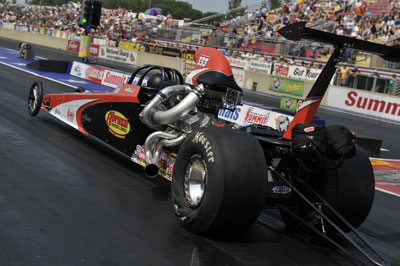
Last year, both classes were granted full championship status, including participation at 17 national events (including the JEGS SPORTSnationals races) and all 45 Lucas Oil Series events, and the racers responded with overwhelming support. By the end of the season, more than 400 Top Sportsman racers had entered at least one event and more than 500 raced in Top Dragster. Going into the season, Abruzzi anticipated the quicker Top Dragster fields, so he traded his nitrous-oxide-assisted engine combination for one with a ProCharger centrifugal supercharger.
“For me, this was the best way to keep up because it costs half as much to build the ProCharger engine as it did to build the nitrous combination, and it appears to be easier on parts,” Abruzzi said. “At the time, I didn’t know a single thing about boost, but I made the change in my new car, and obviously, it worked out well for me. That’s one of the reasons why these classes are so fast now; you can build a 6.20 combination that is consistent and doesn’t require too much maintenance.”
Abruzzi’s interest in Top Sportsman and Top Dragster extends well beyond his time in the driver’s seat. As the owner of Abruzzi Racing Transmissions, his products are used by many competitors in both classes. Engine builders, chassis builders, and other aftermarket manufactures have also benefitted greatly from the movement toward fast bracket racing. Most Top Dragster chassis are now built specially for the class, and Top Sportsman has become a great home for secondhand Pro Stock and Pro Mod cars.
“This has been wonderful for business,” said Abruzzi. “One thing about these cars is that you have to do a bit more maintenance. In Super Comp, some guys can run the same transmission for three or four seasons. For Top Sportsman and Top Dragster, we like to rebuilt them every year. The same goes for engines. It's maybe not as bad in some of the other divisions, where the fields are a bit slower, but in Division 3 and 4, you have to work hard just to qualify.”
With the big No. 1 adorning his dragster, Abruzzi is preparing for a Top Dragster title defense, and he’s also determined to redeem himself with his Top Sportsman Camaro after what he called a terrible year in 2015.
“I just lost my mojo with my Camaro,” he said. “Two years ago, I had a season that could have easily won a championship, but last year, not much went right. Top Dragster is also going to be extremely competitive, but I won [the national championship] last year, so the pressure is off. I don’t want to say I feel good about my chances, but I hope that I can still be competitive. Either way, I really enjoy these two classes. They’re a lot of fun.”























